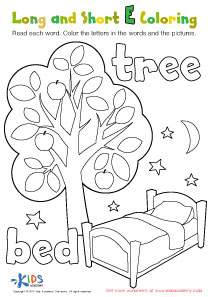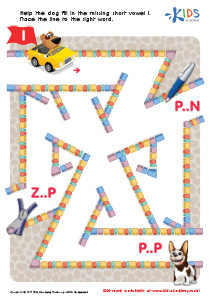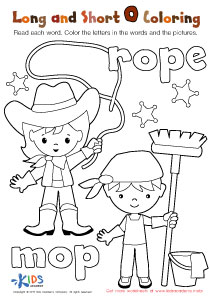Kindergarten Long Vowel Worksheets
14 filtered results
-
From - To
Long Vowel Worksheets For Kindergarten
This inspiring Long Vowels Worksheet is for children aged 4-6 in Kindergarten classrooms. The worksheet provides engaging activities and tasks crafted to challenge and enhance the student's foundational understanding of basic language arts. The worksheets will help students to recognize and utilize long vowels within the language and enable them to give long vowel sounds names as they practice and build their skill. Younger learners can also benefit from these fun and interactive exercises which could spark their curiosity and help nurture their learning and development. Get excited about English and get your child comfortable with pronunciations today. The Long Vowels Worksheet is an invaluable tool for Kindergarten learning.
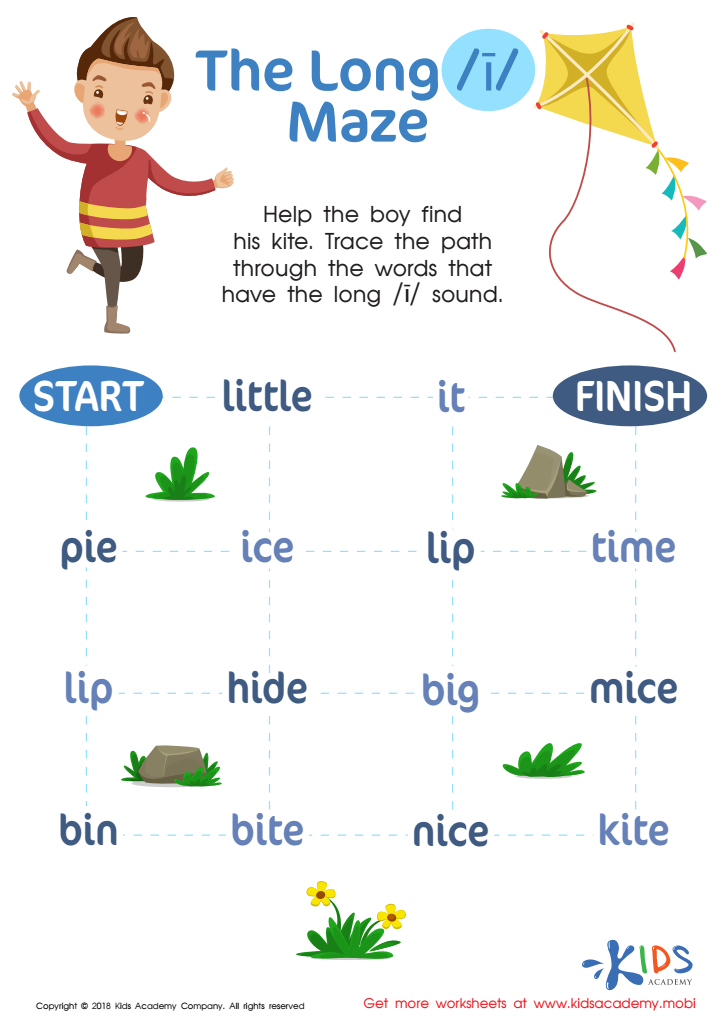

The Long I Maze Reading Worksheet


Long and Short Vowel Match up Reading Worksheet
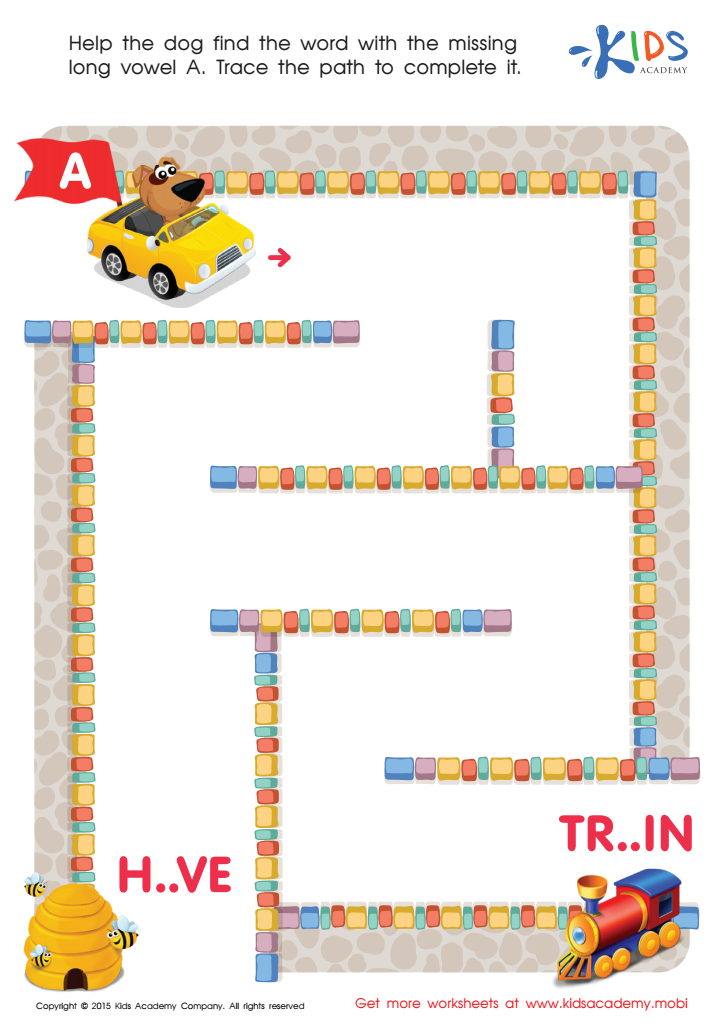

Long Vowel Sound A Worksheet
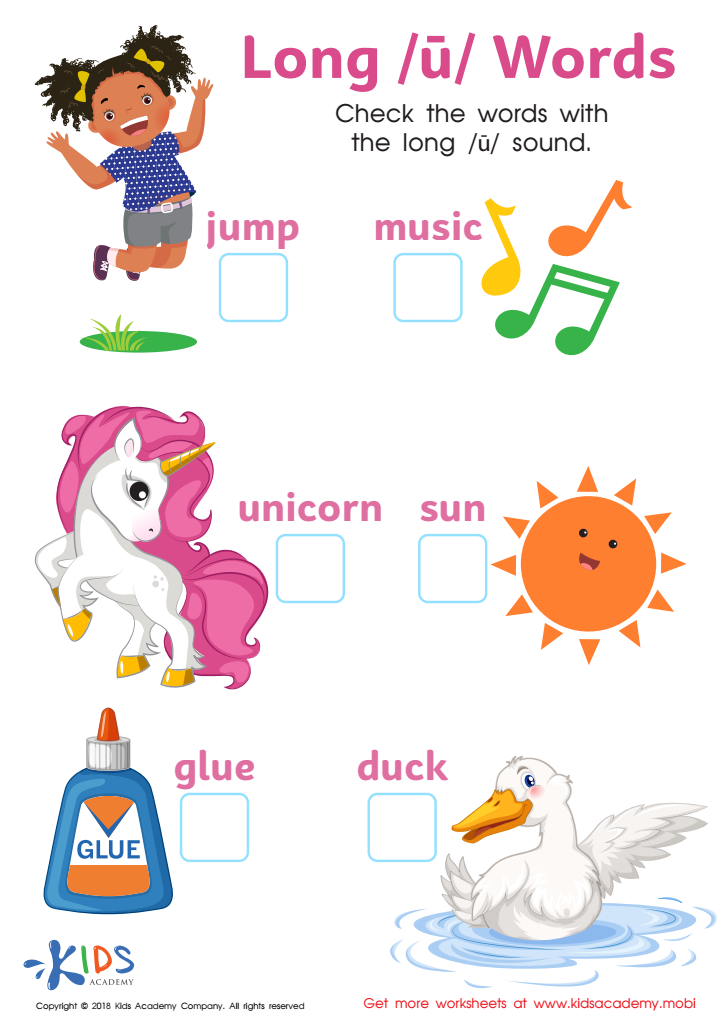

Long U Words Reading Worksheet
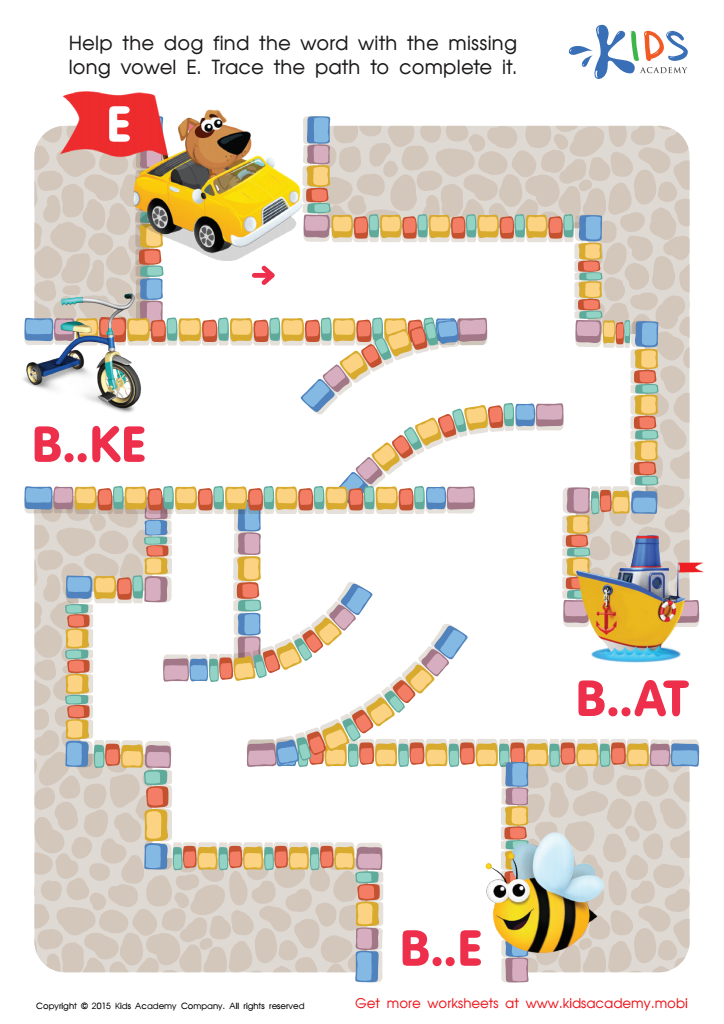

Long Vowel Sound E Worksheet
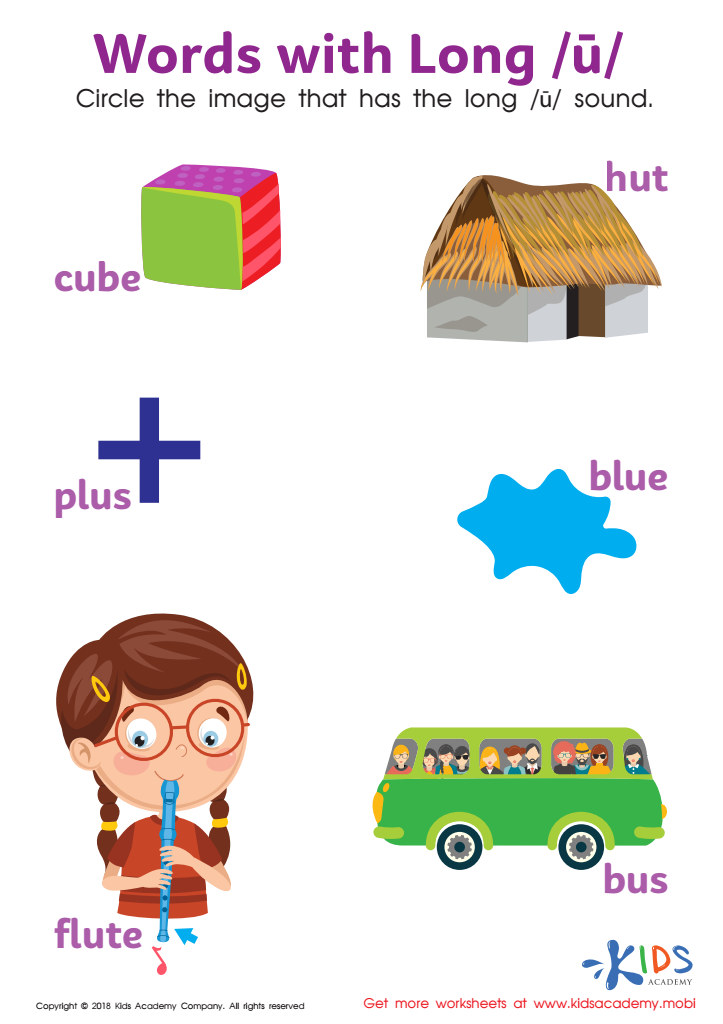

Words with Long U Reading Worksheet
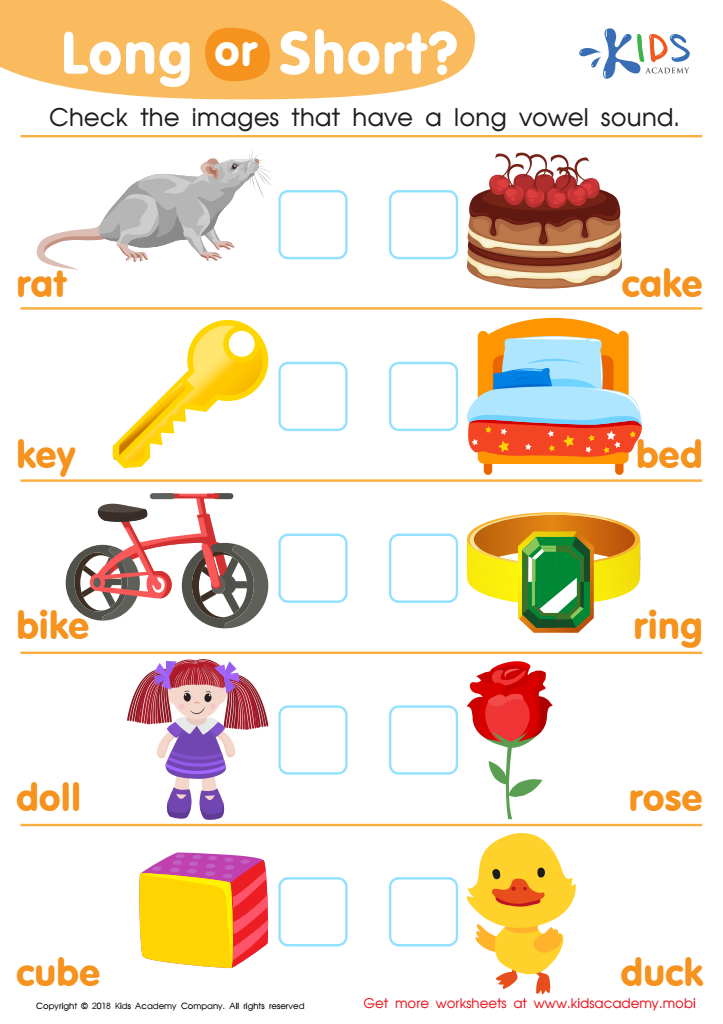

Long or Short Reading Worksheet
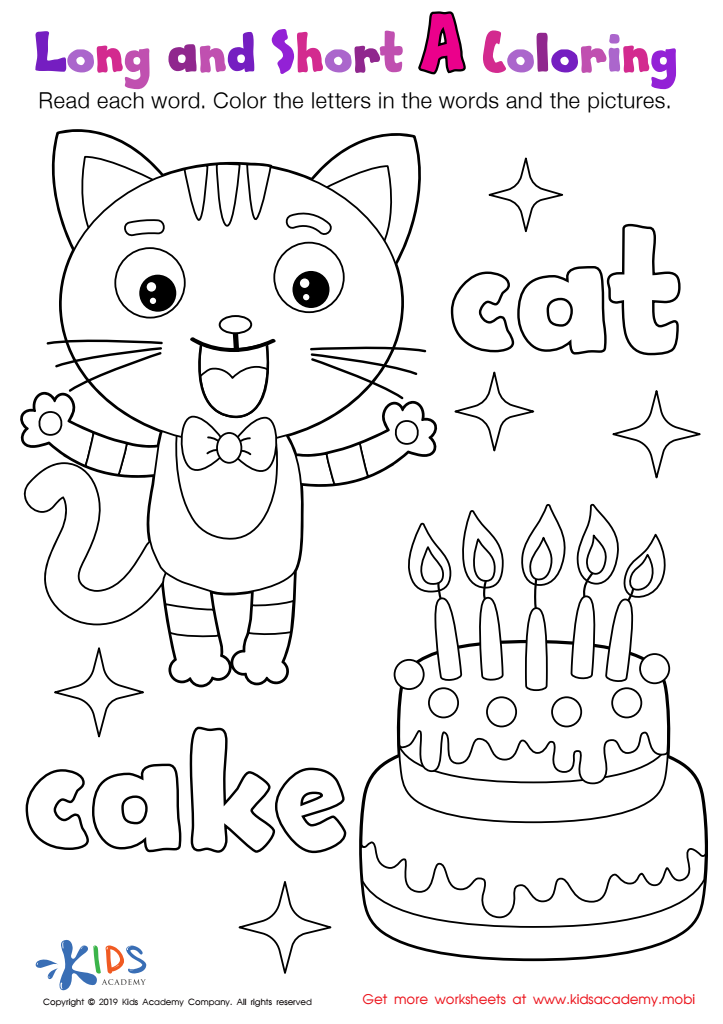

Long and Short A Worksheet


Long and Short U Worksheet
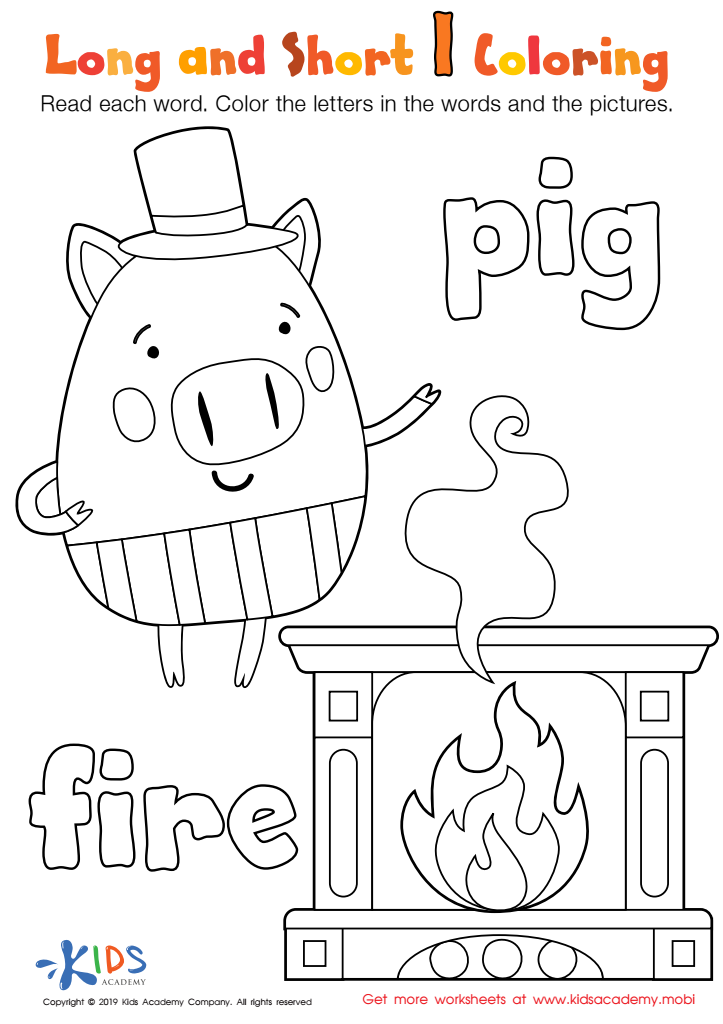

Long and Short I Worksheet


Long and Short E Worksheet


Long Vowel Sound O Worksheet
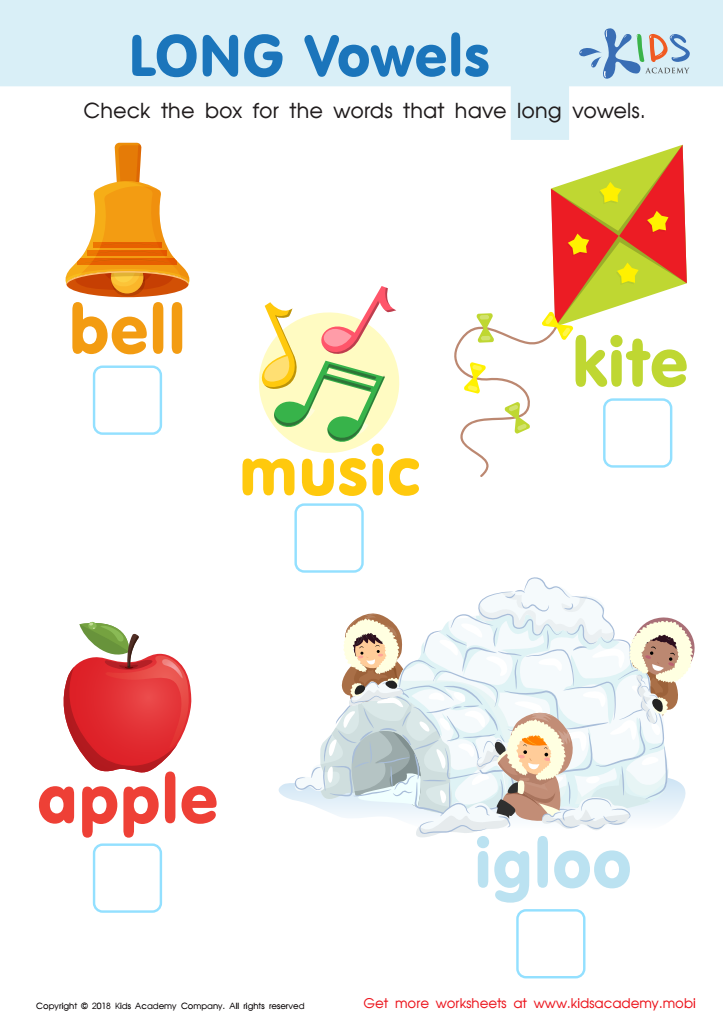

long vowels Worksheet


Long Vowel Sound I Worksheet
Teaching Long Vowels to Kindergartners with Engaging Worksheets
Long Vowels Worksheet is an effective and engaging way of teaching young children to recognize long vowels. Kindergartners need to understand the differences between short and long vowels before they can read and spell effectively. The Long Vowels Worksheet will help teach the concept that long vowels make their own unique sound instead of just being longer than short vowels. The worksheet focuses on the long vowels (a, e, i, o, and u) and provides students with both visual and auditory recognition of the vowel.
The worksheet provides visual images of each vowel and instructs the student to say the sound the vowel makes. Additionally, the worksheet provides a brief description of what the sound is; for example, the sound for ‘a’ is an ‘ah’. The worksheet also gives each vowel a different color, allowing students to easily distinguish the visuals from one another. To further enhance the learning experience, the Long Vowels Worksheet also includes audio instructions for each vowel. This encourages students to say the vowel sound for each one out loud and encourages proper pronunciation.
The worksheet also breaks down each vowel sound into its component parts, allowing students to understand the individual parts of the long vowel sounds. The worksheet will ask students to combine the sound components into a whole. For example, when students are instructed to say the sound of ‘a,’ they will say the sound of ‘ah’ and then learn to put those two sounds together to make a complete long vowel sound. This teaches students how to properly pronounce the long vowels and gives them an understanding of how the letters in words can change the sound of a word.
The worksheet also incorporates language recognition into the exercises. Students are asked to identify the various long vowel sounds as they appear in words. This allows them to make connections between the sounds and build their foundation for learning to read and spell.
Overall, the Long Vowels Worksheet provides an excellent method of teaching young children the concept of long vowels and how to recognize them. The worksheet provides an engaging and effective platform for children to learn both visually and through auditory instruction, while also teaching them the language recognition skills they will need as they progress to reading and spelling.

 Assign to My Students
Assign to My Students







